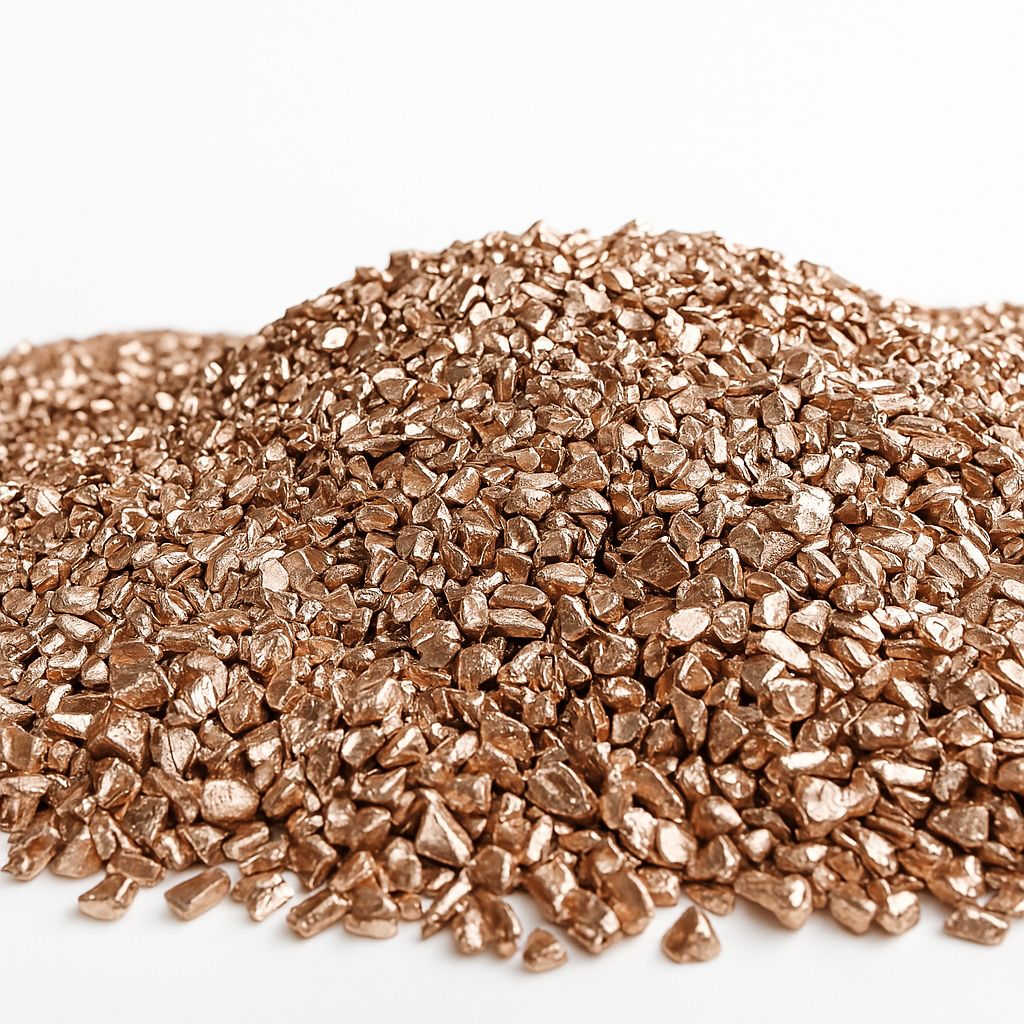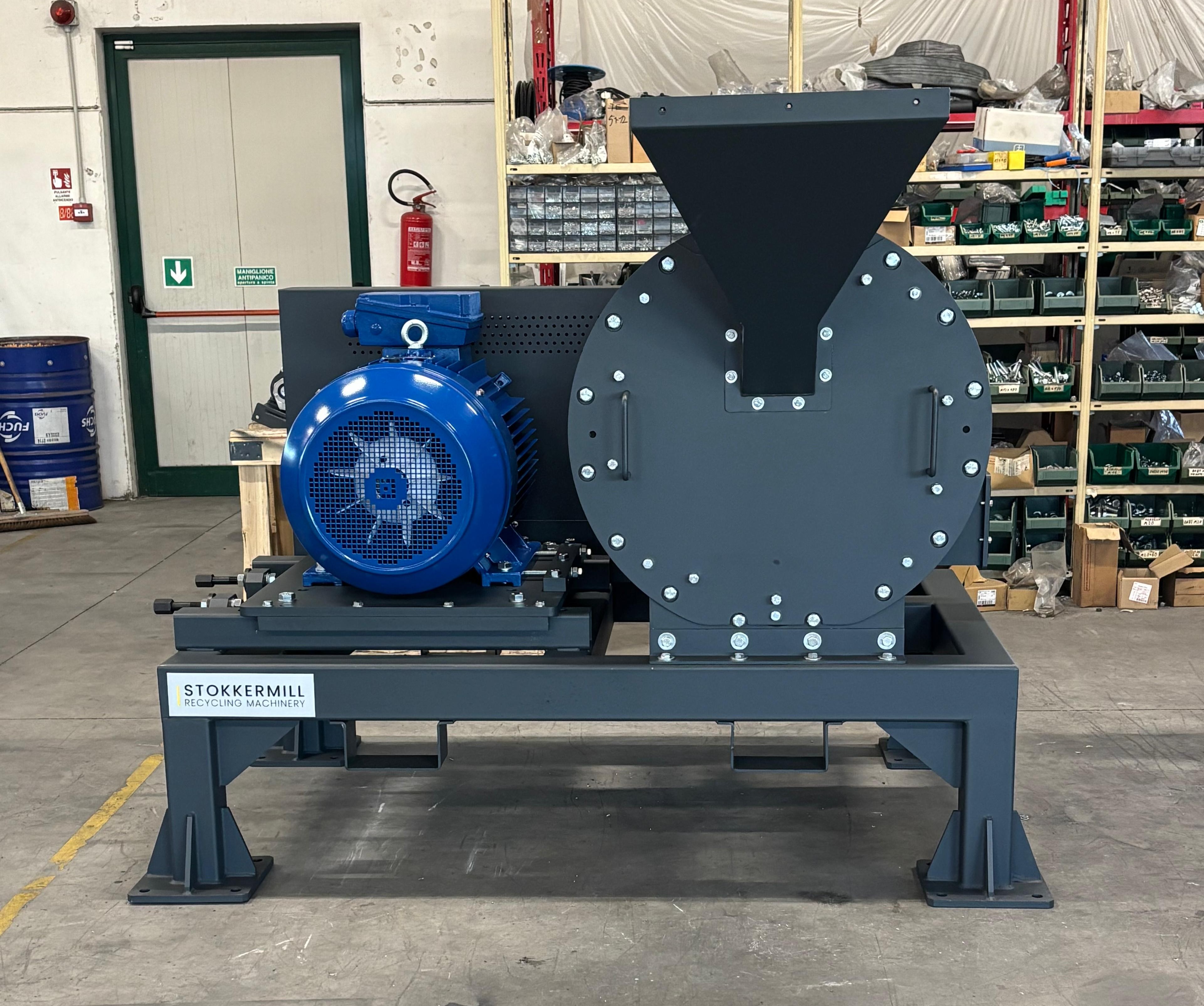We develop the best technologies for recycling materials to find innovative solutions for the energy and ecological transition
STOKKERMILL | SELTEK SRL © 2023 | P. Iva. IT02360630301 | Privacy | Terms
DOWNLOAD THE COMPLETE PDF HERE


The Stokkermill recycling system does not require theremoval of the aluminum frame, drastically reducingthe processing time for the panels.The quality of the output materials is excellent.The aluminum, for example, will be ready for thefurnace, not contaminated, and the correct size fordownstream metallurgical processing. The aluminumfraction obtained also meets the requirements to beclassified as End of Waste. Maximum materialrecovery and minimal energy impact.

The glass resulting from the treatment operationshas different grain sizes and qualities.The larger glass is clean and has a low ironcontent.The smaller fraction is still used in the ceramicsindustry.

It is an End-of-Waste fraction with a high silicon concentration, containing traces of silver and other valuablemetals that make its recovery through chemical–physicalprocesses economically convenient.Recovered silicon can be used in several applications:as a deoxidizing agent in steelmaking; in ceramics,refractories, and abrasives; in technical glass andcomposite materials;refined into metallurgical-grade orpolysilicon (when purity is adequate); and reintegratedinto the photovoltaic supply chain in closed-loop projectsbased on secondary silicon.

The polymer backing sheet and the EVA fraction(ethylene vinyl acetate) are recovered at the end ofthe process.These fractions are essentially free of glass andother contaminants and have a good calorific value.In special applications, it is possible to reduce theEVA granules to a size of a few millimeters.

Copper is a strategic metal, valuable andeasily reusable in industry.In solar panel recycling, Stokkermill leverages over20 years of experience in metal separation, usingreliable equipment and technologies dedicated tothe treatment of conductive fractions.This allows us to optimize copper recovery andobtain a high-quality final materialthrough a simple and efficient process.
To industrialize the process, the Stokkermill XRS series ofdelaminating mills has been perfected. These mills are alsoused for crushing lithium batteries (LIBs), and poly-laminatedmaterials.Furthermore, the XRS secondary delaminator stands out for itslow energy consumption and, despite the abrasive propertiesof glass, requires extremely limited predictive maintenance interms of time and cost.This process allows for correctly separated fractions, readyfor final processing operations. The XRS delaminator millreduces human intervention and related operational risks, aswell as drastically reducing panel processing times

Technical specifications:
- Mechanical reduction and separation: Stokkermill machines reduce and separate panels in a completely mechanicalway, eliminating the need for costly chemical/thermal treatments and drastically reducing the environmental footprint.
- Energy efficiency and maintenance: the transmission components and other parts are designed to minimize energyconsumption and optimize maintenance operations. Thanks to the use of PLCs and monitoring tools, it is possible toaccurately adjust and monitor operating parameters and energy consumption.
- Flexibility in particle size: the delaminating mill allows for variable particle sizes to be obtained based on the mechanical characteristics of the material.
- The XRS series of delaminating mills includes three basic models with variable power, flow rates, and sizes. However,Stokkermill is able to design and manufacture customized solutions specific to the end user’s needs.


Aluminum frame: provides a sturdy structure for the photovoltaic panel.
Tempered glass: forms the upper panel of the photovoltaic module and has high light transmission properties toallow light to pass through to the cells below.
Ethylene Vinyl Acetate (EVA): EVA is a thermoplastic material used to seal and protect the photovoltaic cells inside thepanel. It guarantees electrical insulation and protects the cells from moisture and environmental contamination.
Photovoltaic cell: this is the heart of the photovoltaic panel, where solar energy is converted into electricity. Cells areusually made from semiconductor materials such as silicon and are designed to capture solar photons and generateelectrical current through the photovoltaic effect.
Junction box: contains the electrical protection devices and connectors needed to connect the photovoltaic panels.
DOWNLOAD THE COMPLETE PDF HERE